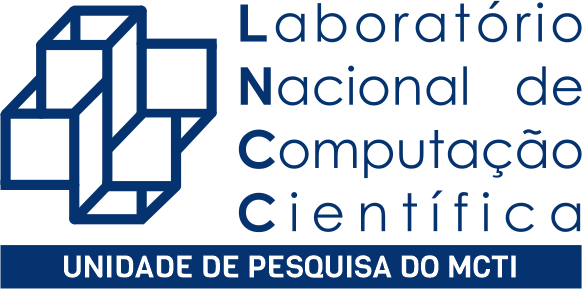EVENTO
Computational models for the geometric and functional analysis of the coronary circulation
Tipo de evento: Defesa de Tese de Doutorado
Coronary heart disease is one of the leading causes of death worldwide. Although several risk factors are well known; many lesions cannot be explained by these factors alone.The hypothesis of arteries developing lesions due to its morphology, known as geometric risk factors and/or due to hemodynamic forces, has been raised more than thirty years ago. Although investigators have found connection between geometric/hemodynamic variables and lesions, there exists no quantifiable index that helps cardiologist to predict actual risks. Even when a severe lesion is present, recent studies have found that some patients can develop collateral circulation to provide sufficient blood flow to the myocardium, thus avoiding ischemia. In turn, vascular capability can only be assessed by invasive medical exams, for example Fractional Flow Reserve (FFR) and related indexes. Moreover, these studies are expensive, require highly trained cardiologists and involve some risk to the patient during intervention. In this context, the goals of the proposed thesis are (i) to fully characterize coronary arterial trees from a geometrical perspective, search for hereditary geometric features and correlations between morphology and disease; (ii) to construct a modeling methodology that allow the prediction of risk of ischemia due to stenosis using an estimation of FFR delivered by computational fluid dynamic models built on top of patient-specific medical images of coronary trees. Results for goal (i) include the geometric characterization of a patient sample consisting of siblings. Several studies involving standard and non-traditional geometry-based indexes, in which associations between geometry and lesion presence was found, as well as indications of arterial geometry heritability between siblings. Regarding hemodynamic simulations in the context of FFR, i.e. goal (ii), a novel technique to impose patient specific boundary conditions in 3D models was presented and tested; the impact of image modality, i.e. coronary computed tomography (CCTA) and intravascular ultrasound (IVUS), on hemodynamics variables was assessed for the first time, which can help to a more objective interpretation of results reported in the literature; A comparison of 3D (expensive and accurate) and 1D (inexpensive and defective) CFD simulations for coronary blood flow based purely on FFR is presented
Data Início: 06/03/2017 Hora: 13:00 Data Fim: 06/03/2017 Hora: 16:00
Local: LNCC - Laboratório Nacional de Computação Ciêntifica - Auditorio B
Aluno: Carlos Alberto Bulant - Universidad Nacional del Centro - UNICEN
Co-Orientador: Raúl A. Feijóo - Laboratório Nacional de Computação Científica - LNCC
Orientador: Pablo Javier Blanco - Laboratório Nacional de Computação Científica - LNCC
Participante Banca Examinadora: Abimael Fernando Dourado Loula - Laboratório Nacional de Computação Científica - LNCC Gilson Antônio Giraldi - Laboratório Nacional de Computação Científica - LNCC Gustavo Carlos Buscaglia - Universidade de São Paulo - USP Pablo Javier Blanco - Laboratório Nacional de Computação Científica - LNCC Pedro Alves Lemos Neto - USP - Rodrigo Weber dos Santos - Universidade Federal de Juiz de Fora - UFJF
Suplente Banca Examinadora: Antônio André Novotny - LNCC - LNCC Santiago Adrián Urquiza - Laboratório de Bioingenieria, Universidad Nacional de Mar del Plata, Argentina -


